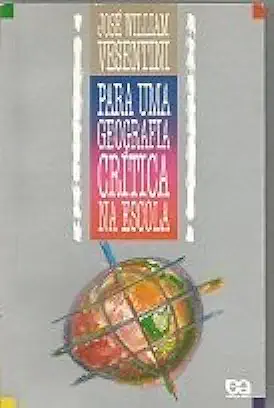
Towards a Critical Geography in School - Jose William Vesentini
Towards a Critical Geography in School: A Book Review
Introduction
In his book, "Towards a Critical Geography in School," Jose William Vesentini argues that geography education should be critical, meaning that it should encourage students to question the world around them and to think about how power and inequality shape the world. Vesentini draws on a variety of theoretical perspectives, including critical theory, postcolonial theory, and feminist theory, to develop a critical geography that is relevant to the lives of students in the 21st century.
Critical Geography in the Classroom
Vesentini argues that critical geography can be used to help students understand a wide range of social and environmental issues, including poverty, racism, sexism, and environmental degradation. By critically examining these issues, students can develop a more nuanced understanding of the world and how they can make a difference.
For example, Vesentini discusses how critical geography can be used to teach about the global food system. Students can learn about the different ways that food is produced, distributed, and consumed, and how these processes are shaped by power and inequality. They can also learn about the environmental impacts of the global food system, and how these impacts disproportionately affect marginalized communities.
By learning about these issues, students can develop a more critical understanding of the global food system and how they can make choices that are more sustainable and just.
Benefits of Critical Geography
Vesentini argues that critical geography has a number of benefits for students, including:
- Developing critical thinking skills: Critical geography encourages students to question the world around them and to think about how power and inequality shape the world. This can help students to become more critical consumers of information and to make more informed decisions.
- Promoting social justice: Critical geography can help students to understand the root causes of social and environmental injustice. This can inspire students to work for social change and to create a more just and equitable world.
- Fostering global citizenship: Critical geography can help students to develop a sense of global citizenship and to understand their role in the world. This can help students to become more responsible and engaged citizens.
Conclusion
"Towards a Critical Geography in School" is a valuable resource for educators who are interested in teaching critical geography. Vesentini provides a clear and concise overview of critical geography, and he offers a variety of practical examples of how critical geography can be used in the classroom. This book is a must-read for any educator who wants to help students develop a more critical understanding of the world.
Call to Action
If you are an educator, I encourage you to read "Towards a Critical Geography in School" and to consider incorporating critical geography into your teaching. Critical geography can help your students to develop a more critical understanding of the world and to become more responsible and engaged citizens.